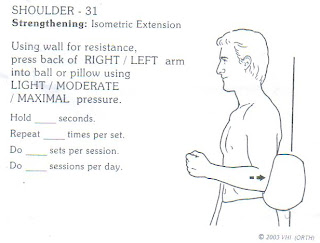expert
novice
POSITIONING/ PHASE ONE
expert
novice
- place band around ankle
- patient may hold on to something to help maintain balance
PULL PHASE
expert
novice
- pull leg back away from body (extension)
- keep knee straight (extension)
RELEASE PHASE
expert
novice
- bring leg back forward to original position (flexion)
- keep knee straight (extension)
CUES: KEEP KNEE STRAIGHT
DRILL/ HOME EXERCISE
This exercise is good to strengthen the hip muscles for extension, concentrically, while at home. The muscles used for hip extension are the adductor magnus, semitendinosus, semimembranosus, biceps femoris, gluteus maximus, and gluteus medius posterior fibers.





















































